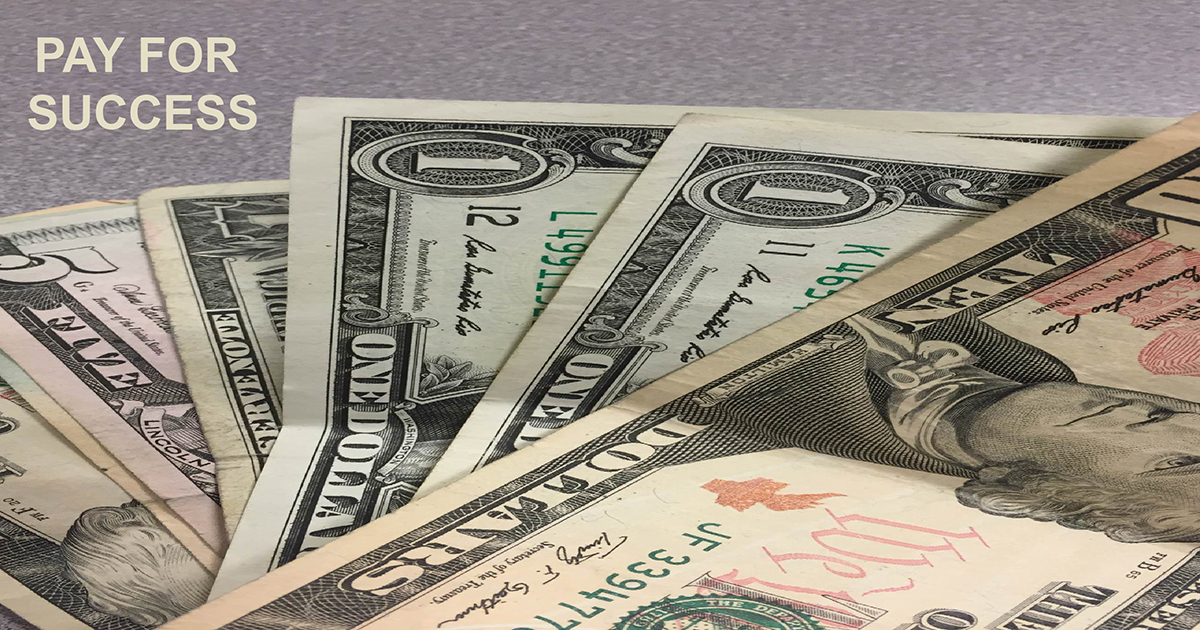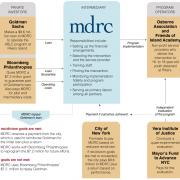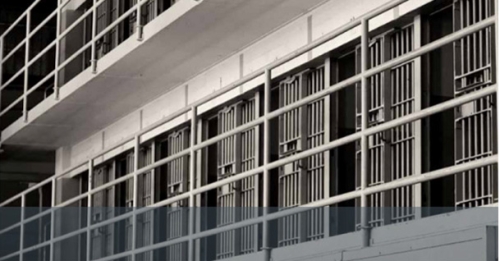Social Impact Bond Project at Rikers Island

Overview
MDRC participated in the nation’s first Social Impact Bond, an innovative way to fund promising new programs at no cost to taxpayers. MDRC oversaw the implementation of a cognitive behavioral therapy program for 16- to 18-year-olds detained at New York City’s Rikers Island with the goal of reducing the high recidivism rate for this population by focusing on personal responsibility education, training, and counseling.
In a Social Impact Bond, private investors fund the intervention through a nonprofit contractor, and the government pays the contractor only if the program meets its goals. Goldman Sachs provided financing, Bloomberg Philanthropies provided grant support for the effort, and MDRC oversaw project implementation. Working with the New York City Mayor’s Office and the Department of Correction, MDRC contracted with The Osborne Association and Friends of Island Academy, who ran the program, called Adolescent Behavioral Learning Experience (ABLE). The Vera Institute of Justice conducted an independent evaluation.
Additional Project Details
Agenda, Scope, and Goals
A Social Impact Bond is a way to get private investment behind new public programs with the potential to save governments money or otherwise produce a positive social result. This funding mechanism makes the most sense when governments want to adopt large-scale initiatives that are backed by a solid body of evidence. A government entity and a private investor agree beforehand on the types of outcomes that will constitute success, and then the private investor funds the program’s delivery and operation. When a reliable third-party evaluation confirms that the services delivered the agreed-upon outcome, the government reimburses the investor. The mechanism had been used previously in the United Kingdom, but the MDRC project was the first time it had been tried in the United States.
In this case, the goal was to reduce the recidivism rate among adolescents (those 16 to 18 years old) incarcerated at Rikers Island. Historically, nearly half of these young people return to Rikers within a year of their initial release, and the typical adolescent released from Rikers Island will spend more than 200 additional days in jail over the next six years. Because incarceration is so expensive — costing the City of New York more than $85,000 per inmate per year — cutting the recidivism rate could save the city a great deal of money. It could also reduce crime, improve the lives of those young people, and lessen jail’s corrosive effect on them, their families, and their communities.
The study evaluated a program called the Adolescent Behavioral Learning Experience (ABLE). It was part of the Young Men’s Initiative launched by former Mayor Michael Bloomberg, which aimed to improve the lives of young men of color. Under the negotiated terms for the Social Impact Bond, Goldman Sachs was to invest $9.6 million over four years in the ABLE program, of which $7.2 million was guaranteed by Bloomberg Philanthropies. If the project had reduced recidivism by 10 percent, the city would have paid back Goldman Sachs that $9.6 million; if it had reduced recidivism by more than that amount, the city would have paid an additional return on a capped, sliding scale. Even taking those additional payments into account, reductions that beat the 10 percent target would have still saved the city significant amounts of money.
Design, Sites, and Data Sources
The Adolescent Behavioral Learning Experience (ABLE) was a cognitive behavioral therapy intervention that focused on personal responsibility education, training, and counseling, with the goal of reducing the likelihood of reincarceration. Cognitive behavioral therapy models have been shown to reduce recidivism by as much as 25 percent in rigorously designed demonstrations. The particular form of cognitive behavioral therapy being used at Rikers was called Moral Reconation Therapy (MRT). MRT was selected due to its open curriculum and general flexibility, both of which are required for the Rikers environment.
MDRC pilot-tested the program from February to June 2012. In spring 2012, MDRC issued a request for proposals for a service provider and selected a team made up of The Osborne Association and Friends of Island Academy. The Osborne Association was the primary provider, and Friends of Island Academy subcontracted with The Osborne Association. In January 2013, after a pilot period, the program expanded to serve all young people within the target population. The program ran for three years, from September 2012 to August 2015.
The Vera Institute of Justice conducted an independent quasi-experimental evaluation of the project.
Featured Work
Early Lessons from the New York City Social Impact Bond







